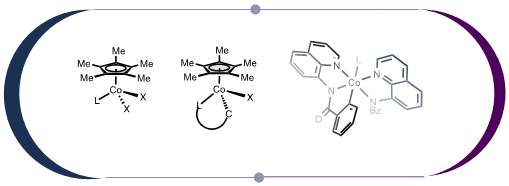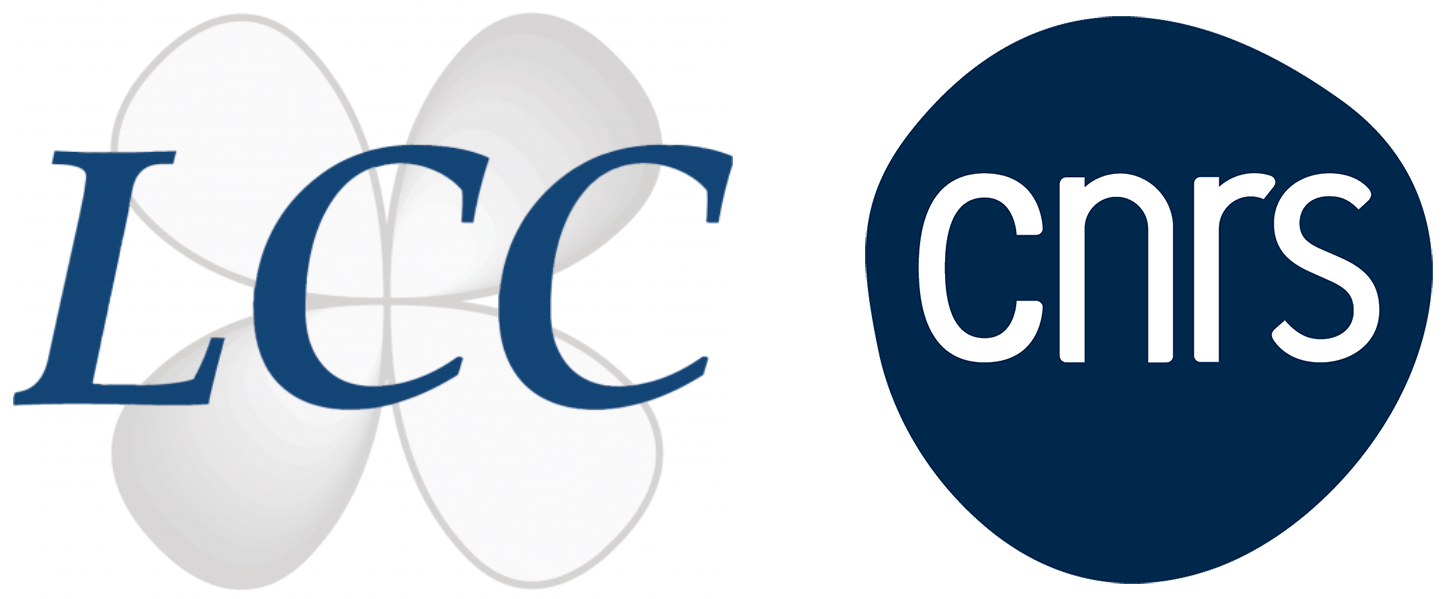
- Cet évènement est passé.
Conférence Pr Basker SUNDARARAJU

Pr Basker Sundararaju
Department of Chemistry, Indian Institute of Technology Kanpur, Kanpur, India.
E-mail: basker@iitk.ac.in
Evolution of Co(III)-Catalysis in Asymmetric C-H Bond Functionalizations
Since Murahashi’s pioneering work on cobalt-catalyzed C-H bond carbonylation in 1955,1 the field of C-H bond functionalization has significantly advanced, especially with the introduction of low-valent cobalt systems.2 Although the use of in situ-generated or isolated cobalt(III) catalysts for C-H activation was rarely explored until the independent studies by Matsunaga and Daugulis in 2014,3 recent developments have illuminated the complex coordination environment surrounding cobalt and the mechanisms involved in these catalytic cycles.4e-f Over the past decade, our research group has focused on understanding the coordination environment of cobalt in the +3 oxidation state and leveraging its intrinsic properties for a range of catalytic applications, including hydrogenation, dehydrogenation, hydrogen production, and C-H activation. In this talk, I will discuss the progress made in Co(III)-catalyzed C-H bond functionalization4-6 utilizing both mono- and bidentate directing groups. Additionally, I will discuss the role of spectator ligands in this context and their replacement with external chiral ligands to induce chirality at the metal center through an enantiodetermining C-H activation step, illustrating how these factors influence the efficiency and selectivity of asymmetric transformations.5 Furthermore, I will present innovative strategies that utilize photocatalysts4c,6a or oxygen as sole oxidants,6b effectively eliminating the need for stoichiometric metal oxidants in our asymmetric C-H bond annulations with the Co/Salox catalytic system. This discussion will highlight both the fundamental insights gained and the practical applications emerging from this dynamic area of research.

Références
- Murahashi, J. Am. Chem. Soc., 1955, 77, 6403-6404.
- (a) K. Gao, N. Yoshikai, Chem. Res. 2014, 47, 1208-1219. (b) S. Pradhan, D. Satav, S. Dutta, B. Maity, L. Cavallo, B. Sundararaju, Nat. Commun. 2024, under revision.
- (a) L. Grigorjeva, O. Daugulis, Chem. Int. Ed. 2014, 53, 10209-10212. (b) T. Yoshino, H. Ikemoto, S. Matsunaga and M. Kanai, Angew. Chem. Int. Ed. 2013, 52, 2207-2211.
- (a) Sen, M.; Emayavaramban, B.; Barsu, N.; Premkumar, J. R.; B. Sundararaju, ACS Catal. 2016, 6, 2792-2796. (b) Barsu, N.; Bolli, S. K.; Sundararaju, B. Sci. 2017, 8, 2431. (c) Kalsi, D.; Dutta, S.; Barsu, N.; Rueping, M.; Sundararaju, B. ACS Catal. 2018, 8, 8115-8120. (d) Barsu, N.; Kalsi, D.; Sundararaju, B. Catal. Sci. Technol. 2018, 8, 5963. (e) R. Mandal, B. Garai, B. Sundararaju, ACS Catal., 2022, 12, 3452. (f) R. mandal, B. Garai, B. Sundarraju, Science of Synthesis, 2023, 3, 149-260.
- Garai, A. Das, D. V. Kumar, B. Sundararaju, Chem. Commun. 2024, 60, 3354. A, Das, R. Mandal, H. S. Ravikumar, S. Kumaran, J. R. Premkumar, D. Borah, B. Sundararaju, Angew. Chem. Int. Ed. 2024, 63, e202315005.
- (a) Dwivedi, V.; Kalsi, D.; Sundararaju, B. ChemCatChem, 2019, 11, 5160. (b) Das, S. Kumaran, H. S. Ravi Shankar, J. R. Premkumar, B. Sundararaju, B. Angew. Chem. Int. Ed. 2024, e202406195. (b) Manuscript Submitted.
